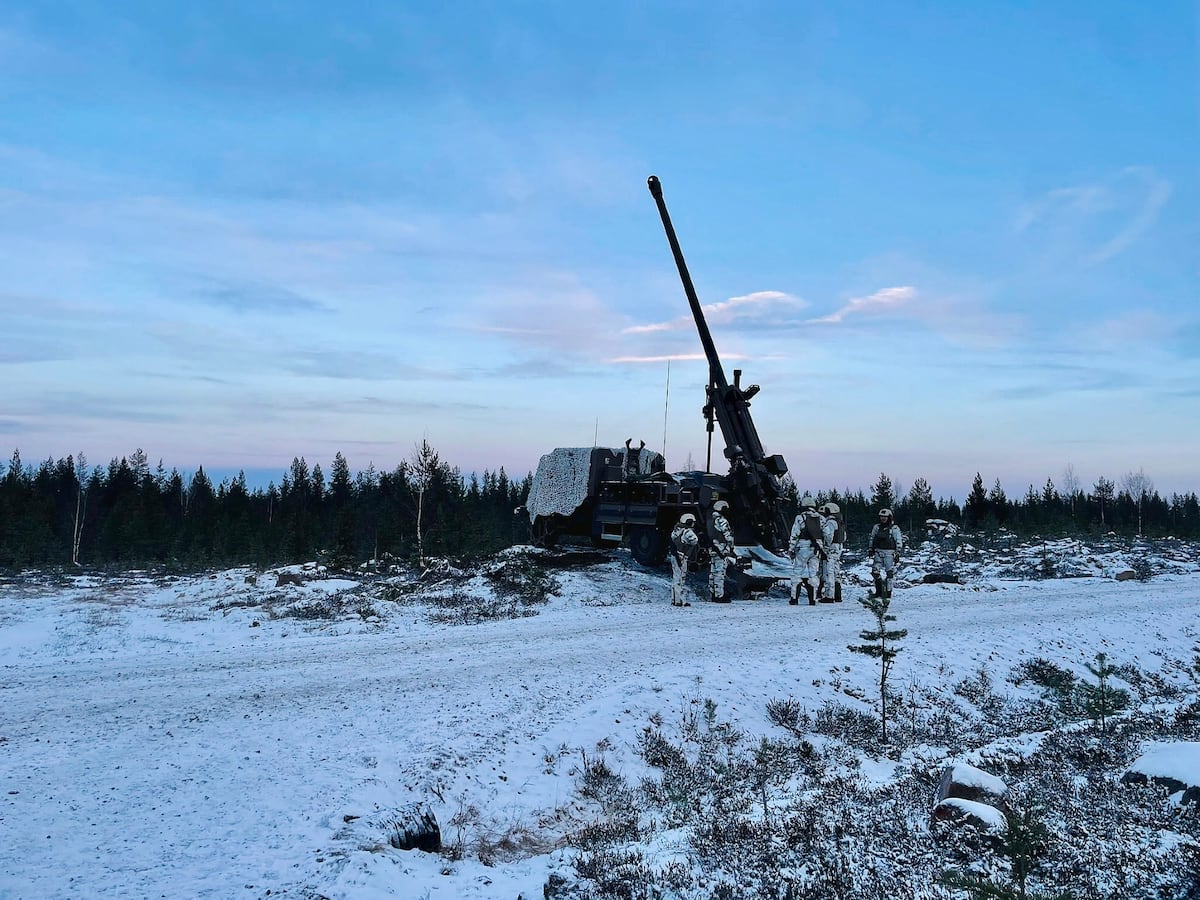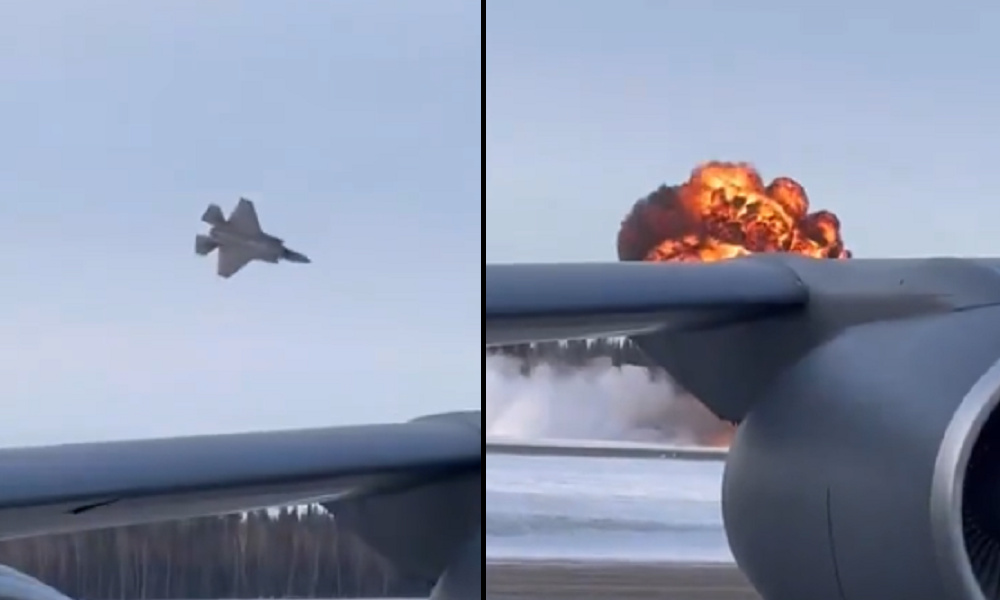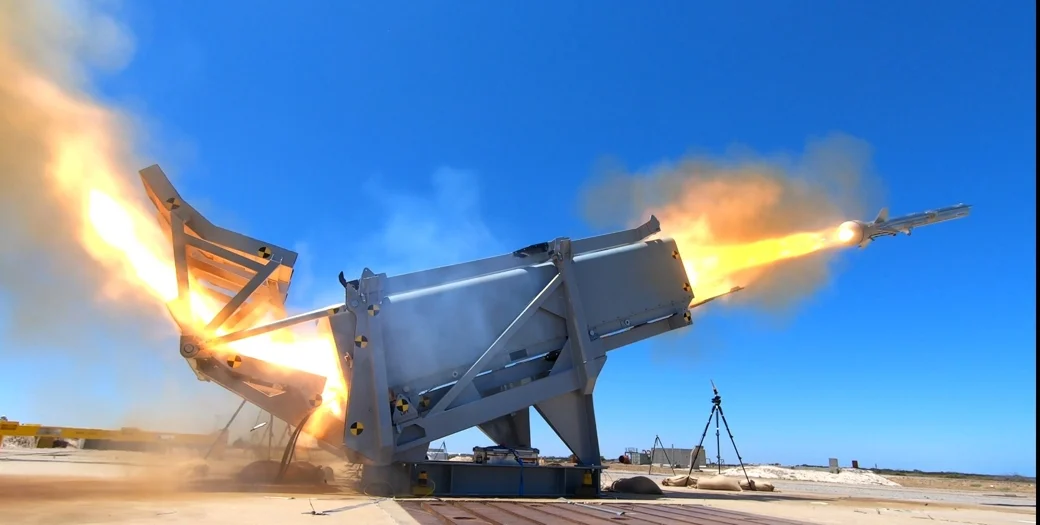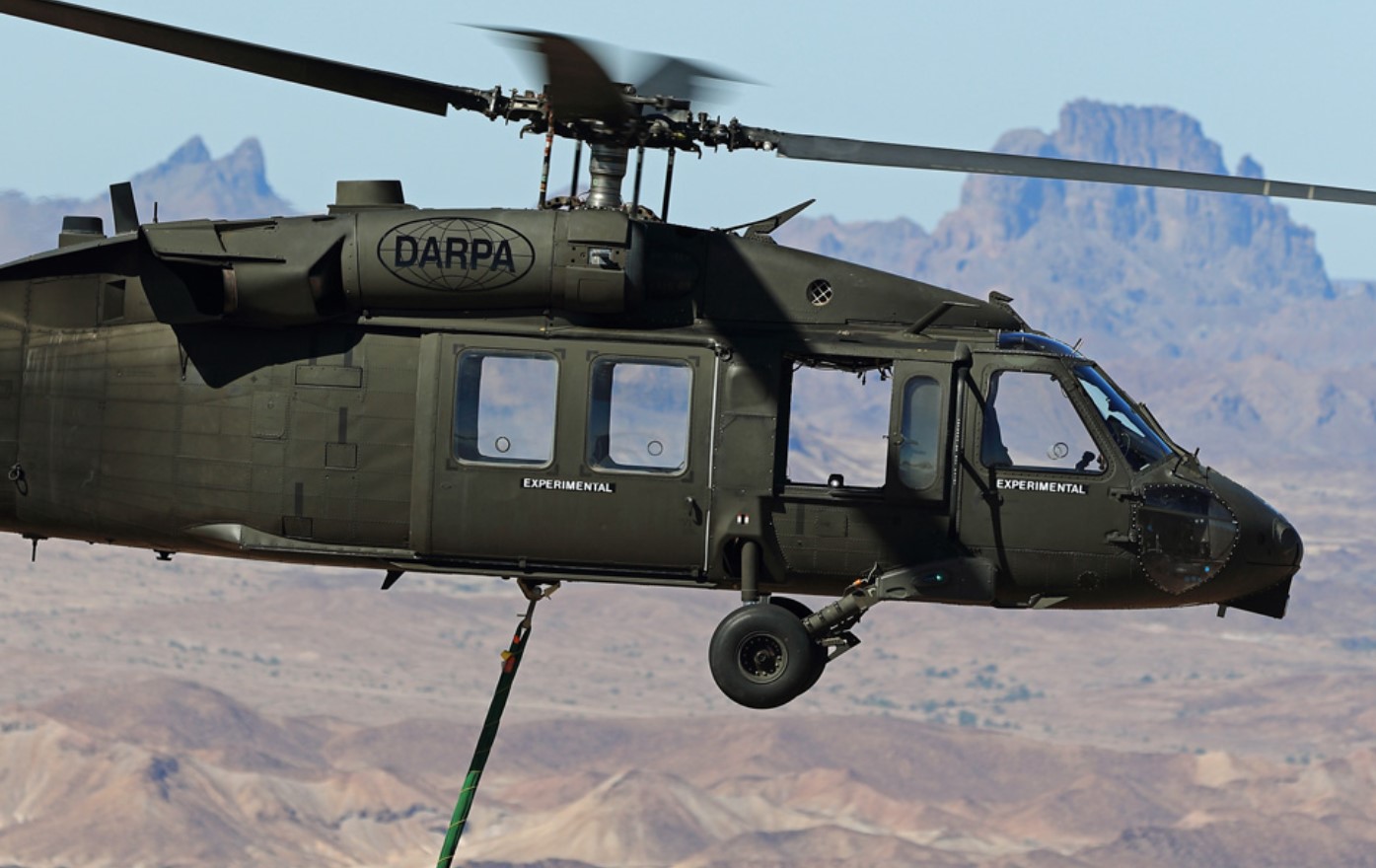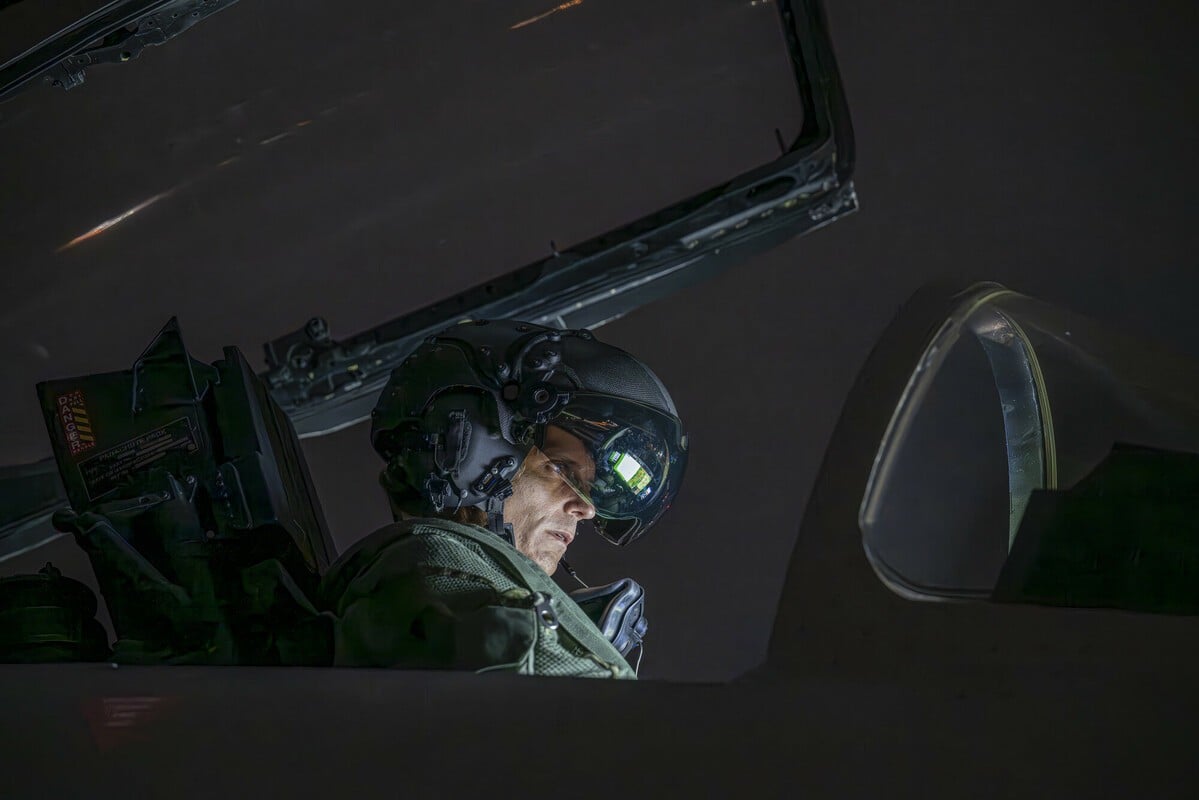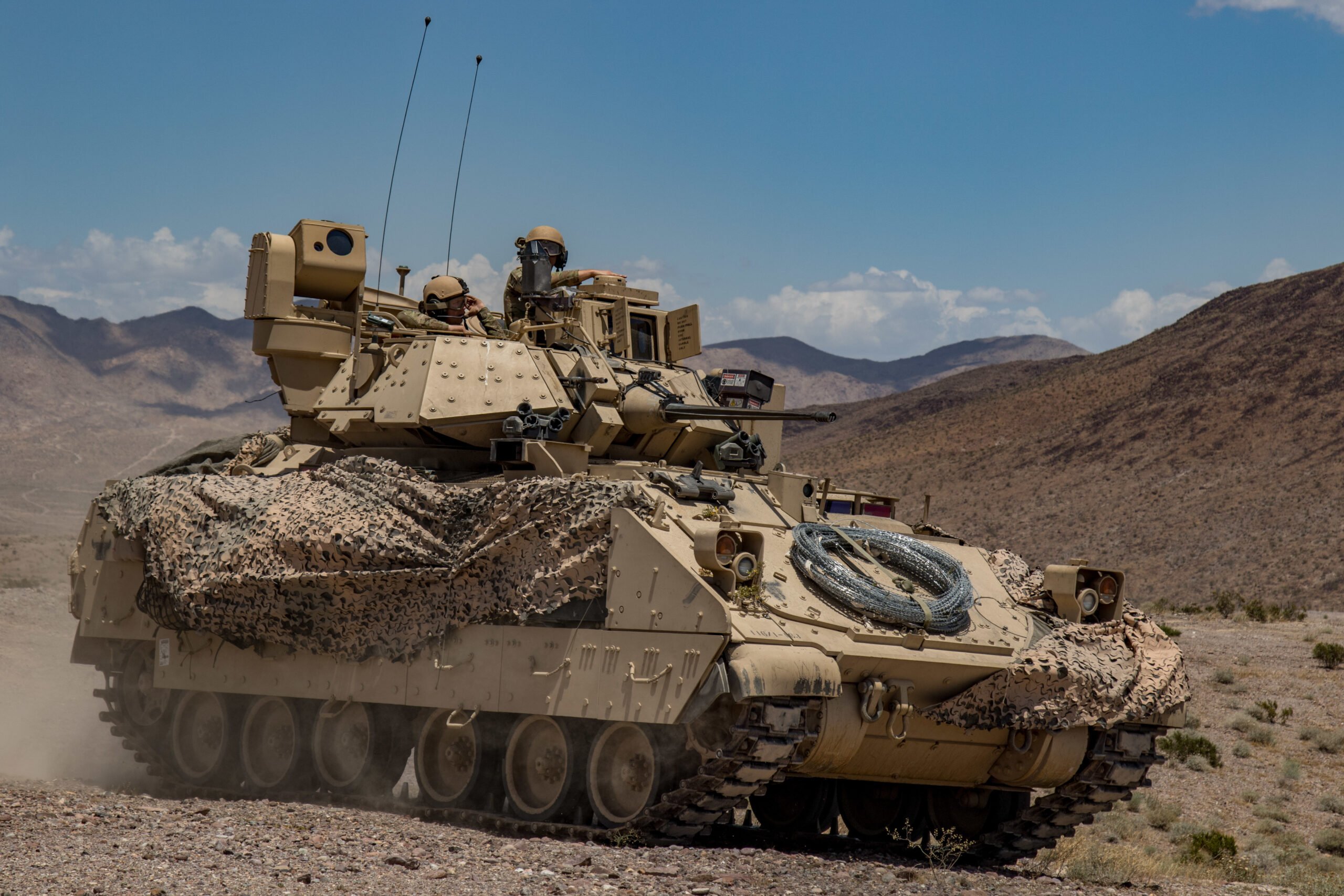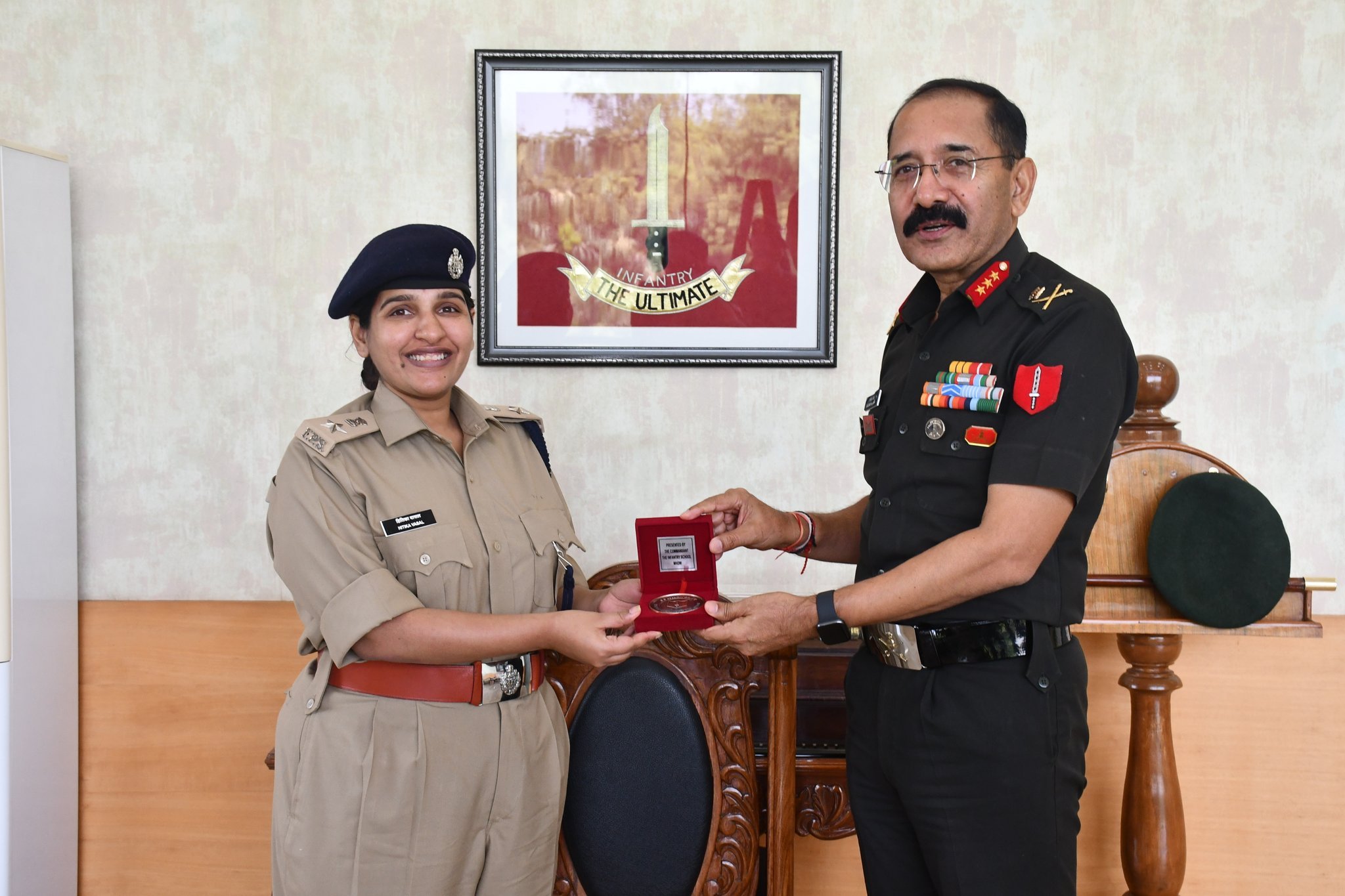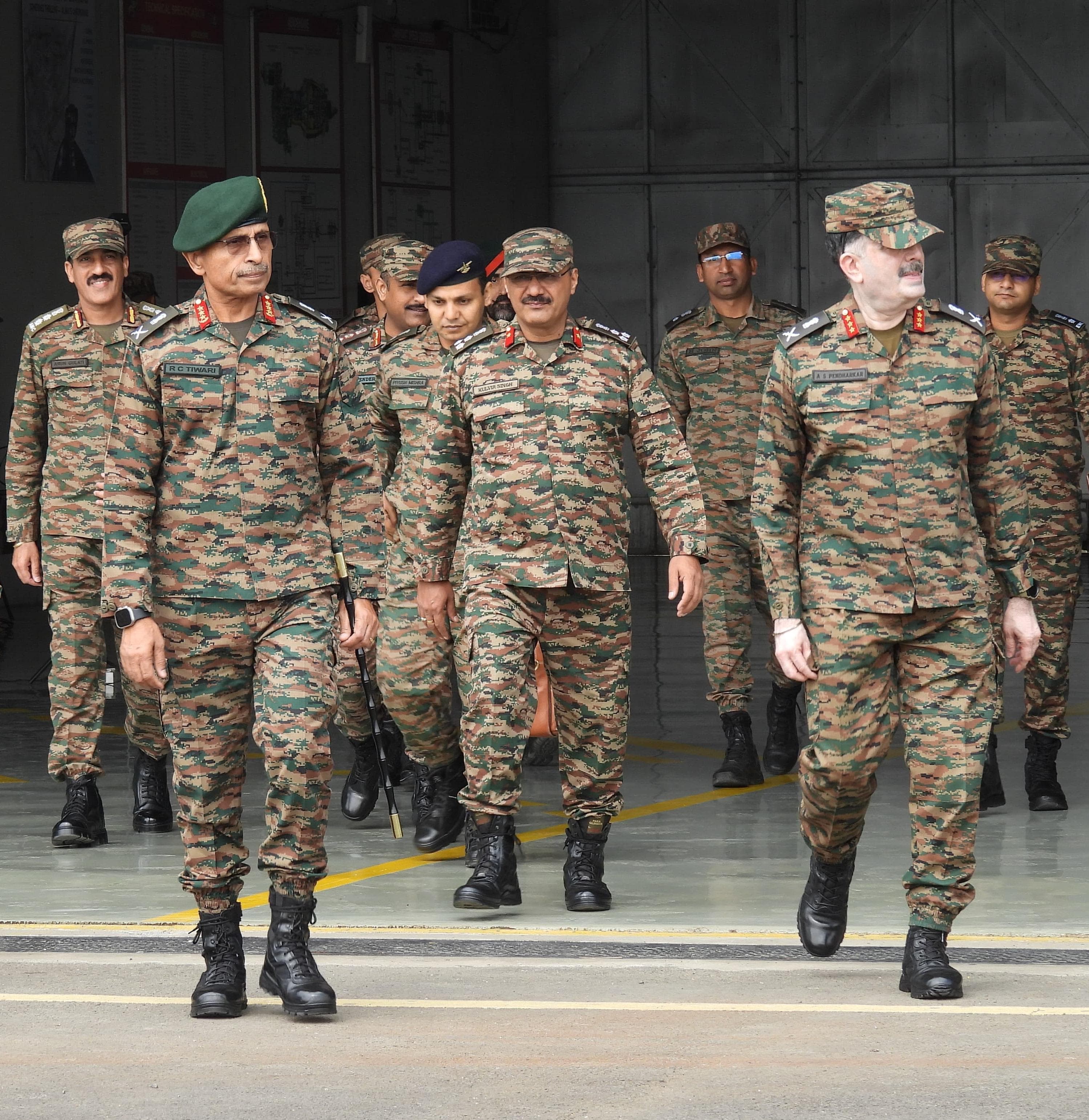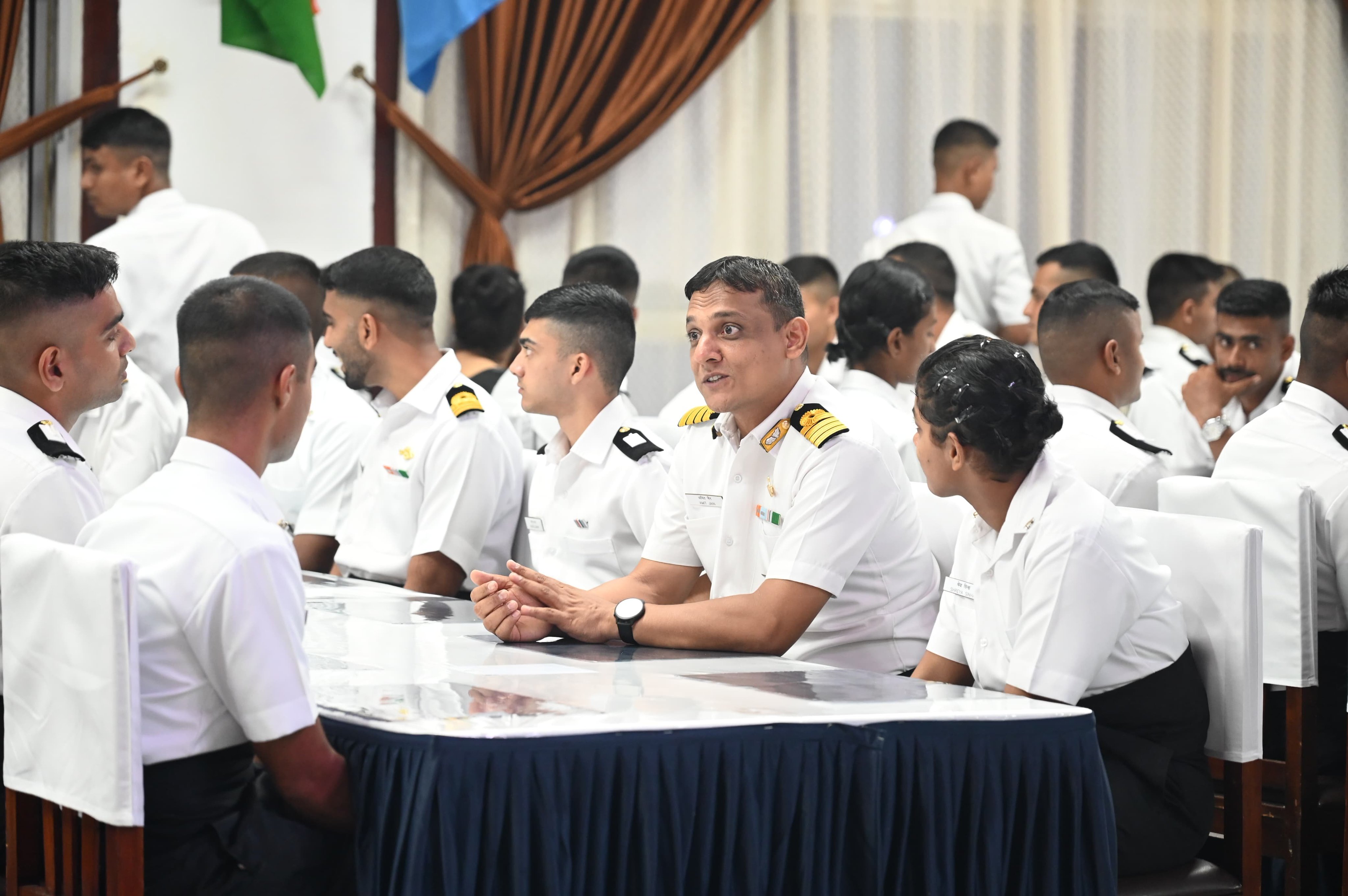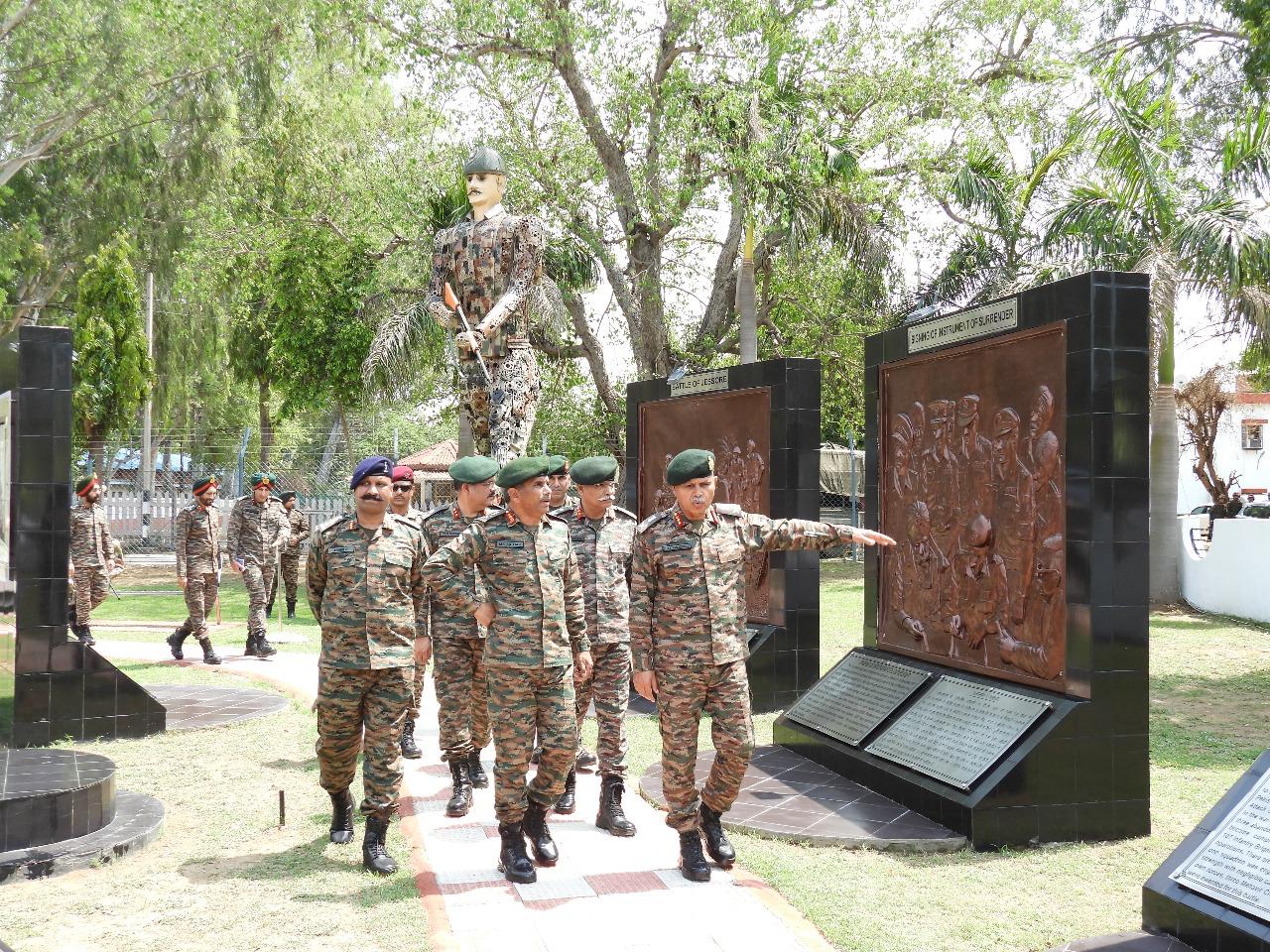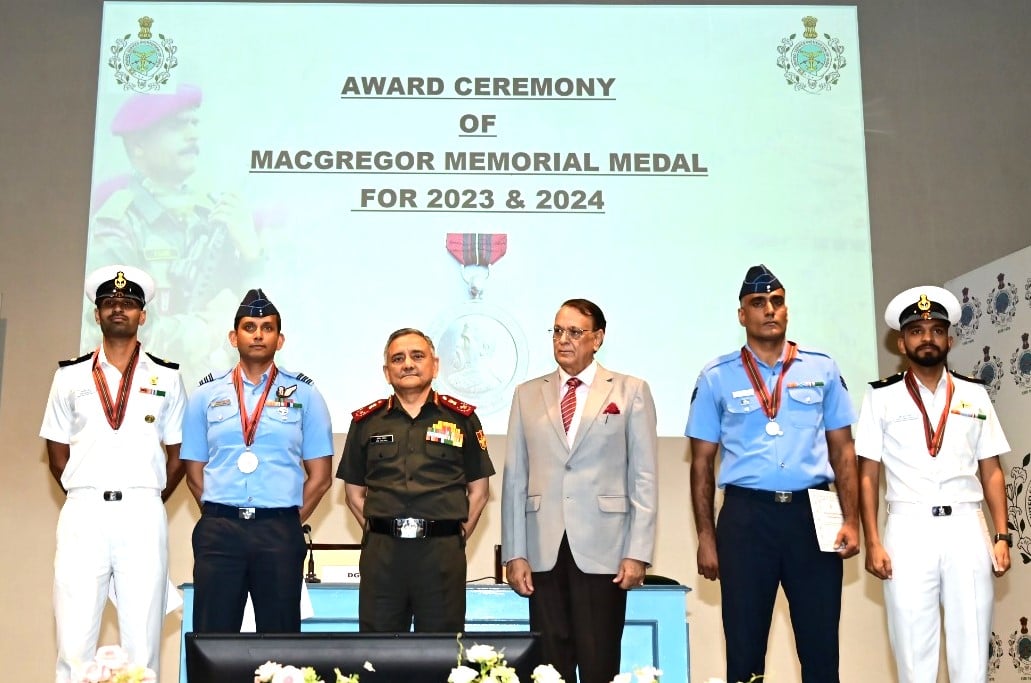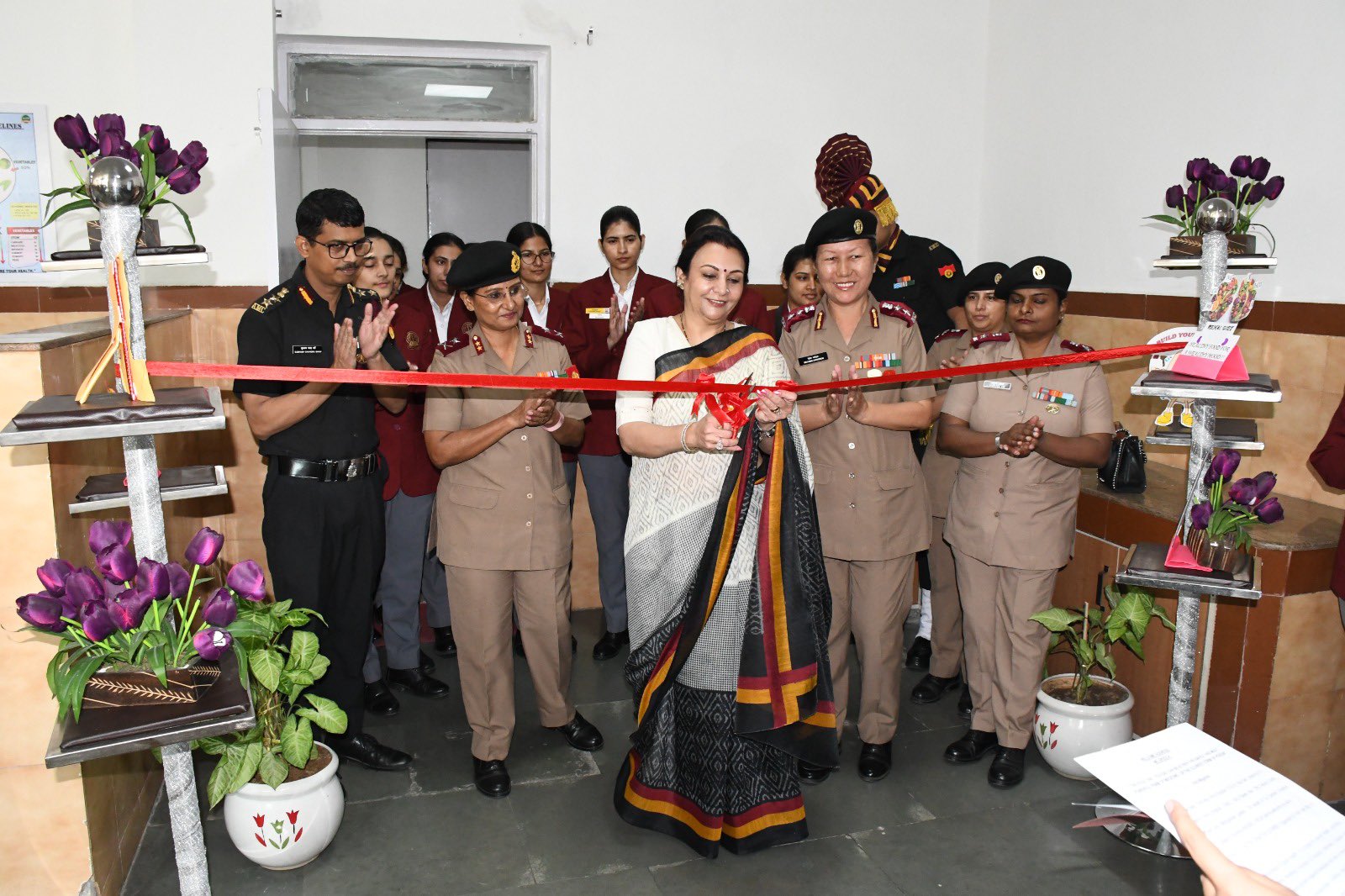ROVANIEMI, Finland — In a dramatic demonstration of NATO’s readiness, artillery units from multiple member countries gathered in Finland’s Arctic landscape to engage in Exercise Lightning Strike 24. This exercise, focused on enhancing joint long-range fire capabilities, provided significant insight into operating in extreme winter conditions, a persistent challenge for military forces in this region.
The stark Finnish environment, characterized by dense coniferous forests and frequent sub-zero temperatures, presented a real adversary for participating troops, who contended with frigid weather that can be just as dangerous as an armed opponent. The experience imparted vital lessons on the nuances of Arctic warfare, emphasizing that inexperience with harsh weather conditions can pose a greater risk to soldiers than a lack of combat skills.
Lieutenant Olli Taskinen from the Finnish Army’s Jaeger Brigade underscored the critical relationship between weather management and successful military engagement in the Arctic, stating that “at times, the cold and Arctic-like conditions found here can be more threatening to soldiers than combat situations.” His brigade, dedicated to developing tactics for cold-weather conflict, sought to prepare NATO allies for the unique challenges of the environment.
During the exercise, troops from the UK, France, Sweden, and the US tackled scenarios rarely faced in their home countries, receiving guidance from Finnish soldiers on practical adaptations necessary for survival. Lessons ranged from basic strategies, like using newspaper to absorb moisture in boots, to advanced operational techniques, such as managing artillery in extreme cold. Notably, Taskinen mentioned the tendency for weapon malfunctions in severe weather, emphasizing the importance of keeping artillery outside to avoid the freezing of moisture accumulated indoors.
The exercise also highlighted the logistical complications posed by Finland’s geography, with its vast array of 188,000 lakes and the long distances troops needed to traverse. Lieutenant Colonel Pete Winton, leading the multinational artillery brigade, explained how these conditions necessitated adaptive tactics and careful planning to maintain operational effectiveness.
Communication among the various artillery units emerged as a focal point within the exercise. Brigadier Rob Alston, chief of joint fires and influence at NATO’s Allied Rapid Reaction Corps, discussed the importance of maintaining contact through diverse communication channels. “If our preferred option is not working, we are able to utilize a second or third option so that communications can always get through,” he stated, highlighting the intricacies of collaboration in challenging environments.
However, not even the seasoned Finnish troops were exempt from the rigors of the cold. Reports indicated technical difficulties, including broken heaters in four of the eight K9 155mm self-propelled howitzers deployed during the exercise, leaving crews to contend with frigid conditions well below freezing inside their vehicles.
As Exercise Lightning Strike 24 unfolded, it became evident that the integration of international forces in the inhospitable Arctic terrain requires more than just coordination; it requires a deep understanding of environmental challenges and the adaptability of military operations to ensure soldiers are prepared for whatever lies ahead.

